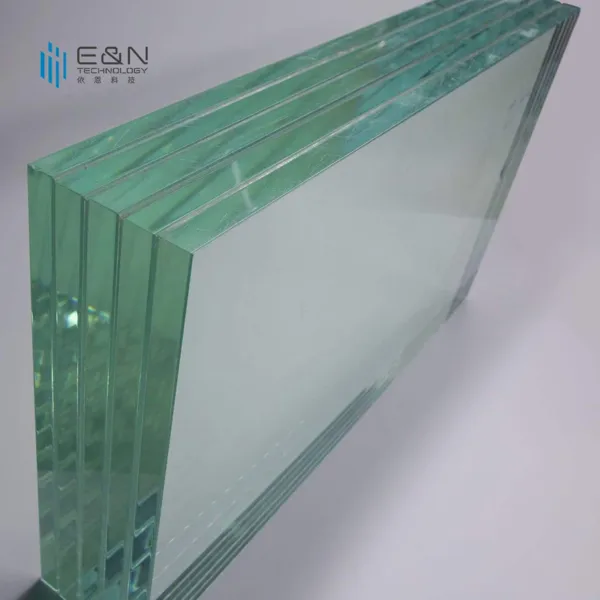First of all, glass processing requires original glass, and the thickness of the original glass is also different. If it is used to produce display glass, the thickness of the original glass is generally 1mm, 2mm, and 3mm. Since digital products have high requirements for light transmission, ultra white glass will be selected.
The size of the original piece is very large, generally more than three meters long and more than two meters wide. Cutting can be said to be the first step in glass processing. The staff will calculate how to cut the original piece according to the dimensions on the customer's drawings. This algorithm must take into account the size consumed by the rear glass grinding edge. Therefore, there is also the term tolerance.
Freshly cut glass can scratch hands, the glass edge will be very sharp, and the customer will also ask for edge grinding. However, there are two kinds of edge grinding: the edge grinding and the bright edge. The edge grinding in the frame is OK, which can also reduce costs. The edge grinding is required by customers who have a higher aesthetic ratio to the glass. After edge grinding, it is chamfering. There is also a special chamfering machine for chamfering, which can accurately chamfer the desired R angle.

Tempering can be divided into physical tempering and chemical tempering. Here we talk about physical tempering. Physical tempering is to heat the glass in the tempering furnace to a certain extent and then cool it. The hardness of the glass is enhanced after tempering. The customer will ask for glass toughening, which is safe. Tempered glass is also known as safety glass.
Some glass processing will go through this step because customers want to print certain patterns, company logo, etc. on the glass. There are also high-temperature silk screen and low-temperature silk screen, and high-temperature silk screen will be carried out before tempering. The screen printing room should be clean. In this way, the ink will not be mixed with impurities. The effect of silk screen will be better.
The back glass can only pass the inspection by the inspector. The glass with problems will be selected, some will be discarded, and some can be further processed. Good glass is pasted with a film machine and then packaged with kraft paper.
The above is the general process of glass processing factory. A piece of finished glass goes through many processes.

E&N has been focusing on the R&D, production and sales of laminated glass interlayer films for 15 years. It has 8 fully automatic EVA production lines with a daily output of 60,000 square meters; 2 ionoplast interlayer film production lines with a daily output of 10,000 square meters. Research and development achievements: ionoplast interlayer, rollable high-strength EVA interlayer, EVA interlayer for PDLC glass, heat-insulating EVA interlayer, high-band UV-blocking EVA interlayer, etc. If you have any questions, please kindly contact us immediately.